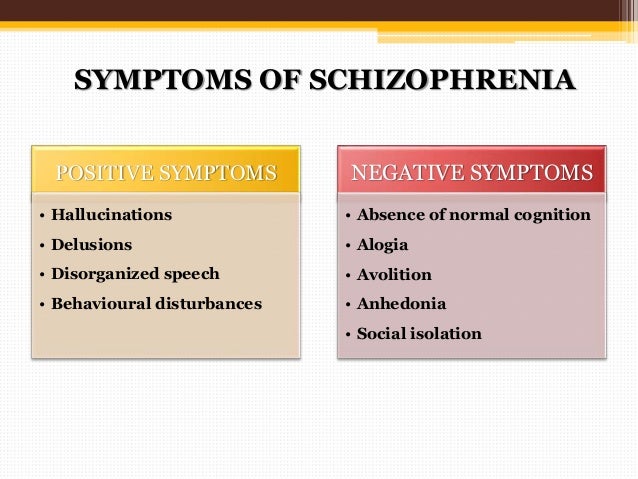

Pimavanserin correlated with higher mean change in QTcF interval. Among the pimavanserin group, one patient reported severe toothache and two patients reported worsening of schizophrenia. Severe headache, rhinorrhoea, cough and influenza occurred among one patient in the placebo group.

Only one participant in the placebo group reported severe symptoms, while two in the pimavanserin group were found to have increased severity of schizophrenia symptoms. Headache and somnolence represented the most common treatment-emergent adverse events. Researchers found the number of participants who experienced treatment-emergent adverse events over the 26-week course was similar between those given the drug (n = 80) vs. Results showed pimavanserin was associated with significant improvement in change in total NSA-16 score between baseline and 26 weeks compared with placebo. A total of 199 received pimavanserin (mean age, 37.7 years) and 201 received placebo (mean age, 36.7 years). In the efficacy analysis, Bugarski-Kirola and colleagues included 400 patients. They assessed safety outcomes among patients who had received at least one dose of pimavanserin. The researchers examined primary outcomes among patients who received at least one dose of pimavanserin and who had NSA-16 assessments at baseline and one or more times after baseline. Change in total score using the 16-item Negative Symptom Assessment (NSA-16) between baseline and 26 weeks served as the primary endpoint. Patients received pimavanserin and placebo orally once per day as two individual tablets. The initial dosage of 20 mg of the drug or placebo could be changed to 34 mg or 10 mg within the study’s first 8 weeks, after which dosage remained stable for the study’s duration. Participants scored at least 20 on the sum of seven Positive and Negative Syndrome Scale (PANSS) Marder negative factor items, with scores of four or higher on at least three or five or higher on at least two of negative symptom items. The study took place across 83 sites in North America and Europe. 4, 2016, and April 16, 2019, the investigators randomly assigned 403 outpatients with schizophrenia who were aged 18 to 55 years old with predominant negative symptoms to pimavanserin or placebo daily in combination with an ongoing antipsychotic agent.
Negative symptoms of schizophrenia trial#
“The phase 2 ADVANCE trial evaluated efficacy and safety of adjunctive pimavanserin compared with placebo in adults with schizophrenia and predominant negative symptoms while on optimized background antipsychotic therapy,” they added.īetween Nov. “Based on data from compounds with similar receptor profiles, we hypothesized that pimavanserin provides additional benefit in adults with negative symptoms of schizophrenia whose treatment benefit has been maximized on ongoing second-generation antipsychotics via its additional effects on neocortical dopamine release.
Negative symptoms of schizophrenia series#
“Negative symptoms were alleviated in a case series of 10 patients with schizophrenia who were treated with pimavanserin,” Dragana Bugarski-Kirola, MD, of Acadia Pharmaceuticals GmbH in Switzerland, and colleagues wrote in The Lancet Psychiatry. Researchers noted that further study with improved doses of the drug is required to determine if the results are clinically significant. If you continue to have this issue please contact to HealioĪ 26-week, randomized, double-blind, placebo-controlled phase 2 study showed pimavanserin reduced negative schizophrenia symptoms in stable patients.


 0 kommentar(er)
0 kommentar(er)
